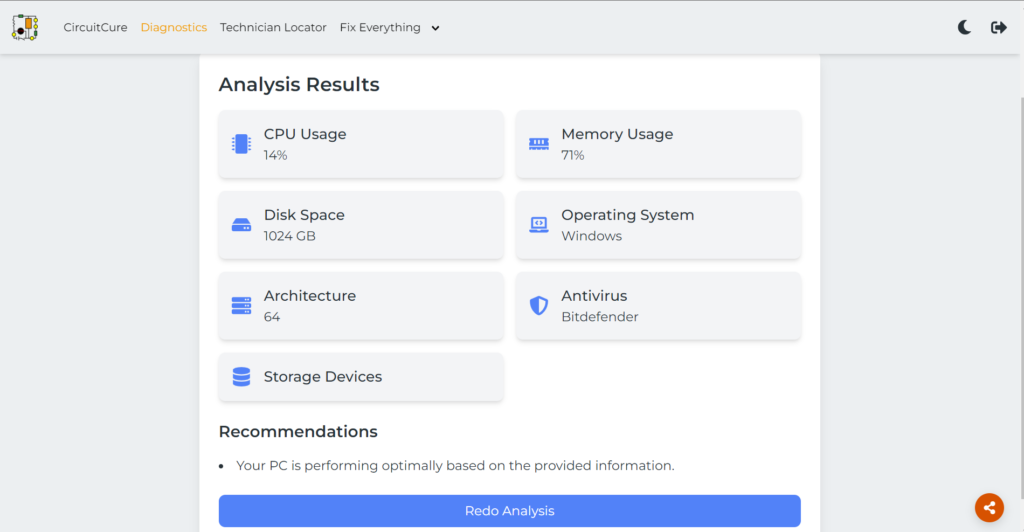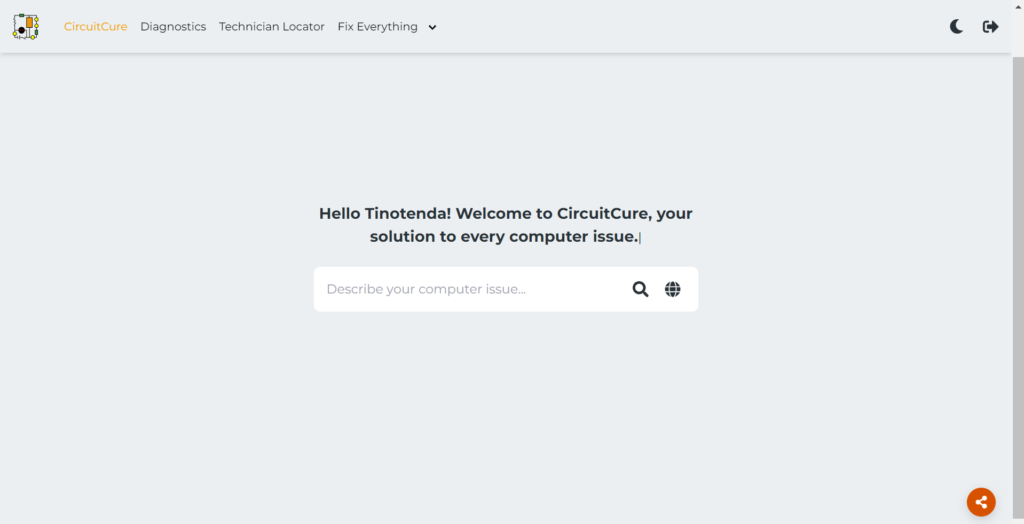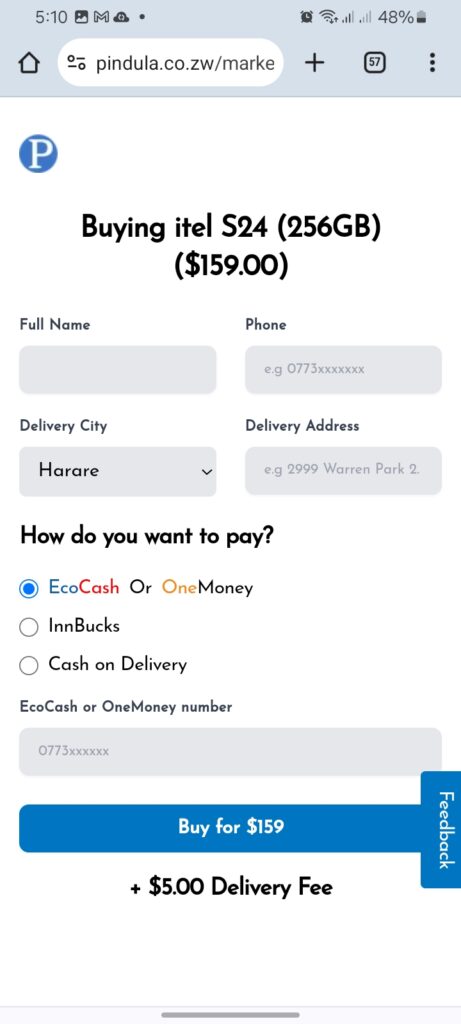
You know that feeling when you look at a new device, and you just don’t know how to feel about it? That’s exactly where I stand with the itel P65. When it comes to design, I don’t hate it, but I don’t love it either. There’s a lot going on with this phone, some of it is clever, a lot of it feels a bit… borrowed. Let’s break this down.
Design: Borrowed or Inspired?
First off, can we talk about how much this phone “borrows” from other manufacturers? Now, don’t get me wrong, everyone does it, remember Samsung’s new Galaxy Buds 3 that look suspiciously like AirPods Pros). But itel? They didn’t just take one or two cues, they went on a full shopping spree and stuffed their cart with all the popular guys have to offer.
The design itself isn’t ugly. It has this sleek, futuristic vibe with a slight Nothing Phone flair. Imagine if Nothing had a budget smartphone with a metallic, semi-industrial look, that’s what the itel P65 brings to the table. It’s almost like they wanted to create a “metallic Nothing Phone,” if that was even a thing.
But it doesn’t stop there. They threw in what they call a “Dynamic Light Show”, which is essentially an LED under the flashlight that pulses with notifications and when you charge the phone. Does this sound familiar? Yeah, glyph lights… Now, a lot of Chinese manufacturers are doing this whole Dynamic Island knock-off trend, and itel couldn’t resist jumping in, although they have also done it with previous models as well, it’s still something they “borrowed”. I’m all for adapting to current trends, but it feels like they’ve put on too many “inspired” features without truly nailing any one of them.
And wait… there’s more! They’ve also added a third button they’re calling the “Flex Button.” Now, we’ve seen something like this before on other “phones”, where it’s a customizable button for quick access to apps or shortcuts. Again, a solid idea from… if it wasn’t for the fact that it feels more like an attempt to stuff every popular feature into one device. The execution? Well, let’s just say it leaves a little to be desired.
The Specs
Despite all the flashy add-ons, the P65 is still a budget phone, and the specs reflect that. Here’s what we’re working with:
- Network Technology: GSM / HSPA / LTE
- Dimensions: 165.9 x 77.3 x 7.9 mm, weighing 192.4g
- Display: 6.7-inch IPS LCD, 120Hz refresh rate, 720 x 1600 pixels (~262 PPI)
- Operating System: Android 14, itel OS 14
- Chipset: Unisoc T615 (12nm)
- CPU: Octa-core (2×1.8 GHz Cortex-A75 & 6×1.6 GHz Cortex-A55)
- Memory Options: 128GB with 4GB/8GB RAM or 256GB with 6GB RAM
- Camera: 50 MP main camera, 8 MP selfie camera
- Battery: 5000 mAh, 18W wired charging (40% in 30 mins)
- Extras: LED notification ring, “Dynamic Bar” light show, Flex Button, USB-C, 3.5mm jack, NFC (on the 256GB/6GB model)
- Price: Roughly $120–$130 USD depending on the configuration
The Processor: Unisoc T615
This is where the conversation gets serious. Powered by the Unisoc T615, a chipset we typically see in budget devices(like this one), this phone’s performance is decent but not groundbreaking which is not something to sulk about since it’s a budget smartphone. With an octa-core configuration, it handles everyday tasks like browsing and social media without much fuss or at least they say it does. But if you’re looking to push it with more demanding apps, it might struggle. Any moderate gaming or multitasking across power-hungry applications? Yeah, that’s not happening smoothly on this chipset.
The Unisoc T615 isn’t a terrible processor, it’s efficient and gets the job done for basic needs. But in 2024, when even budget phones are starting to push boundaries with performance, it feels like itel isn’t quite keeping up with the curve. And for a company trying to wow us with flashy design features, they could have done better in the performance department.
Conclusion
Now, I know what you’re thinking: “Wow, you really don’t like itel.” I’ve written about their phones several times before, and while many of those articles have leaned negative, it’s because I’ve been mostly disappointed with them. Here are a few of them:
The truth is, I don’t hate the company. I don’t expect a $130 phone to blow me away,no one does, but when a company starts borrowing design ideas from everywhere and tries to cover up lackluster performance with gimmicks, it leaves a bad taste. Itel is in a unique position to dominate the budget phone market, but they seem more focused on being flashy than providing genuine innovation or substantial upgrades.
It’s frustrating because I know they can do better. Their devices have potential, but they often fall short by trying to do too much without focusing on what truly matters: performance, user experience, and meaningful features.
P.S. If you found this take helpful or entertaining, don’t forget to subscribe to my newsletter or allow notifications for more honest tech reviews.























